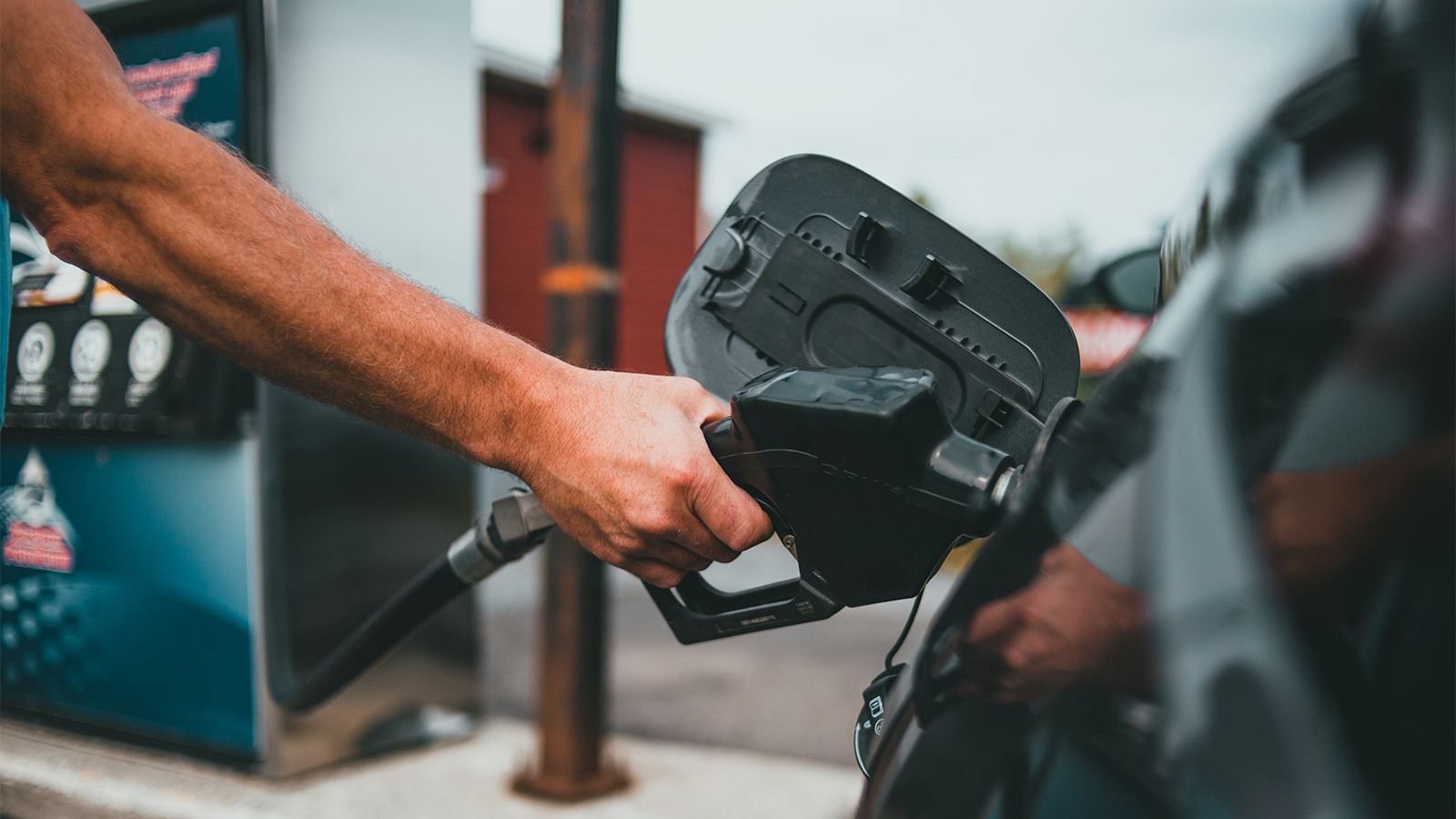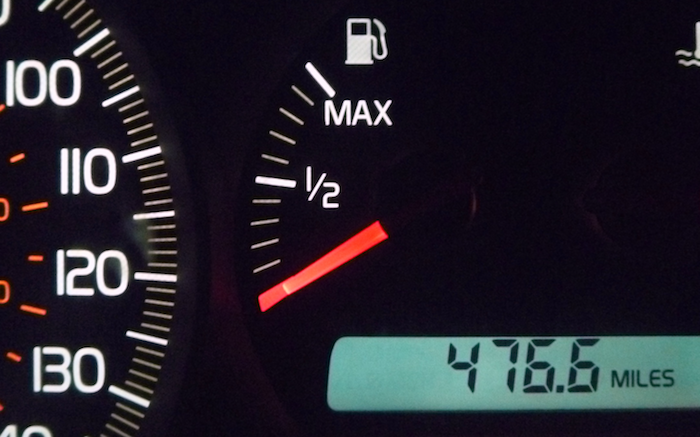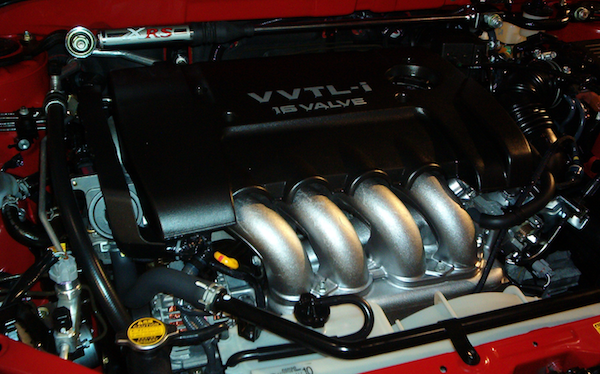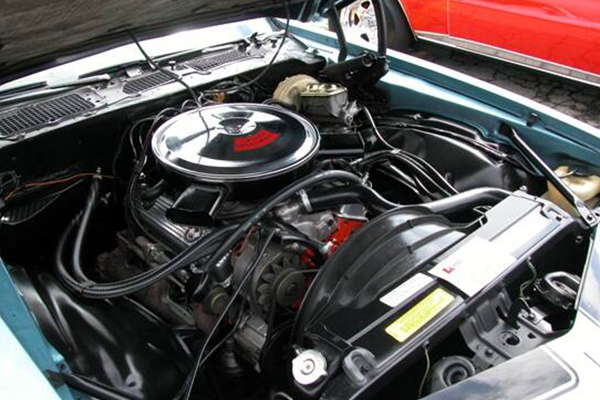
Car performance parts to increase horsepower — and how to handle the upgrade yourself.
To achieve maximum results and increase horsepower from your bolt-on performance parts, they need to work together. We'd recommend getting expert advice on the best combination of parts for your vehicle and, if you're doing one modification at a time, the order in which they should be installed.
Some bolt-on engine modifications can be the key to how to get more horsepower and torque for improved acceleration, quicker passing, and increased towing capacity. By learning how to increase horsepower to unlock your engine’s full potential and improve its efficiency, it may even deliver improved fuel mileage under normal driving conditions. For a small investment and a little effort you can make big improvements in engine horsepower.
A typical game plan to increase horsepower:
1. Switch to a performance air filter: To improve horsepower and efficiency, you need to get more air and fuel into and out of your engine. Switching to a performance air filter allows more air to flow freely to your engine.
2. Add a cold-air intake system: A cold-air intake system will route cooler outside air into the engine. (Colder air is denser and makes more power.)
3. Add performance headers and cat-back exhaust systems: To move more air out of the engine, a high-performance, cat-back exhaust system teamed with performance exhaust headers will add power by reducing back pressure in the exhaust. If you install headers, be aware that this can be a pretty big job that may involve removing many parts and partially pulling the engine.
4. Upgrade to an electronic ignition kit: An aftermarket ignition system will give a hotter spark. An electronic ignition kit actually eliminates breaker points on older vehicles. For vehicles without distributors, hotter coil-on-pack ignitions are available.
5. Change your fuel delivery. On fuel-injected vehicles, there's not a lot you can do in the area of fuel delivery. For older rides with carburetors, switching to an aftermarket carburetor can make a big difference in performance. You may also want to consider a phenolic riser, which puts the carburetor about an inch above the intake manifold. The whole idea of a riser or high-rise competition manifold is to generate more velocity through the fuel/air mixture as well as putting the carburetor farther away from engine heat so it can mix cooler air in with the fuel.
6. Recurve the distributor. On older vehicles with mechanical advance distributors, "recurving the distributor" involves installing lighter springs and resetting timing so that the distributor advances the spark at lower RPM ranges. This is a tricky procedure that may require a lot of trial and error, as well as a good timing light and the right tools.
7. Fine-tune and reprogram computer-controlled systems: In vehicles with computer-controlled engines, a hand-held reprogrammer will advance timing, optimize fuel delivery, and change shift points on automatic transmissions. If you go this route, be sure you're following instructions to the letter — drastic changes in engine performance parameters can be pretty tricky.
8. Install underdrive pulleys. Underdrive pulleys for accessories can reduce parasitic drag on the engine and free up a few more horsepower.
Taking car performance upgrades even further
When sheer acceleration is your game, consider a bolt-on nitrous oxide system (if they're street-legal where you live). These systems are available in several performance levels, from 50-500hp. A 150hp system will cost you $500, so you get a big kick for a lower cost. Be careful with nitrous systems, however. Too much power can break engine bottom-end parts!
If you want increased power for entertainment value only, consider a small engine with a turbo or supercharger. They come in a variety of styles, but the centrifugal bolt-on is one of the easiest to install. These power-on-demand systems are the perfect compromise: power when you want it, fuel efficiency when you don’t. Engine horsepower increases of 50 percent or more are possible if you go this route. You can expect to pay $5,000-$7,500, installed. The turbocharger from a Dodge Cummins or Ford Powerstroke diesel has been successfully adapted to some engines. Be aware, though, that turbos get extremely hot and demand a lot of oil for lubrication and cooling. A turbo that's set up without enough oil supply will quickly fail.
Power vs. weight
Of course, performance also boils down to power vs. weight. A turbocharged, four-cylinder sport compact will run circles around most mid-sized V8s. But a turbo diesel pickup will out-pull most gas engines of a similar size and get nearly twice the fuel mileage. On the other end of the scale, the turbocharged/intercooled 2.0L Mitsubishi makes huge engine horsepower. The 2.0L engine may rocket a tiny Lancer around, but it wouldn’t power an SUV very well.
Torque vs. horsepower
It’s also important to understand torque vs. horsepower. Automakers brag about engine horsepower numbers but engine torque is what accelerates your vehicle. Properly matching your engine’s torque curve to the vehicle is extremely important. There's an old saying that there's no replacement for displacement.
How have you increased power in your vehicle? Let us know!







